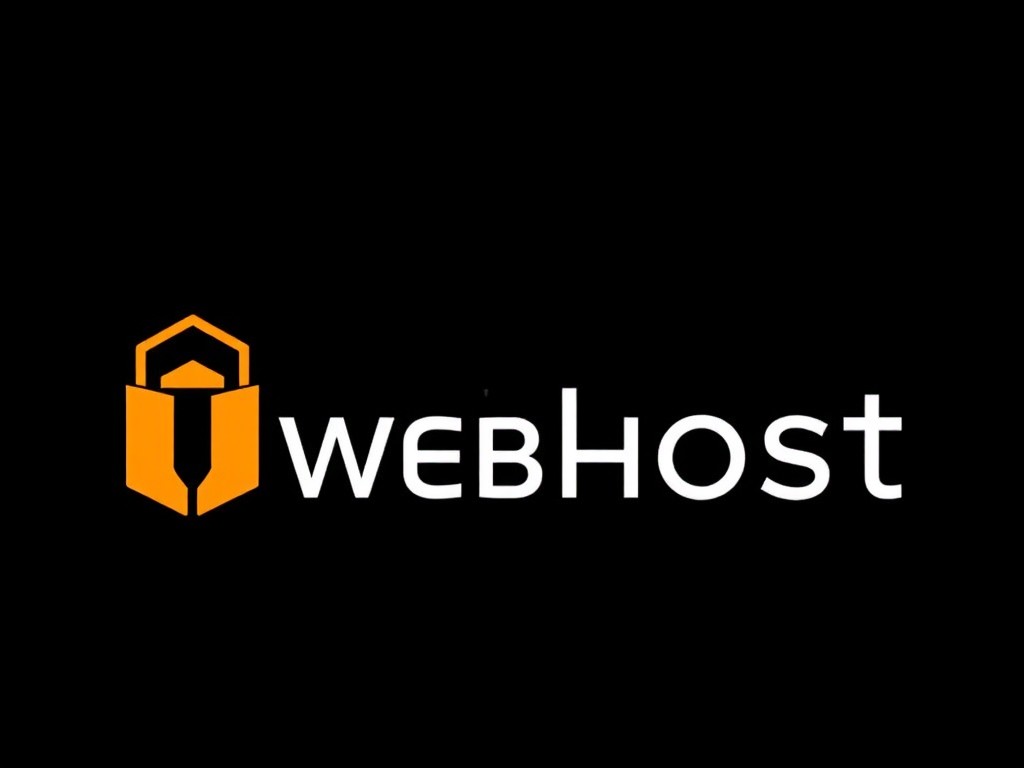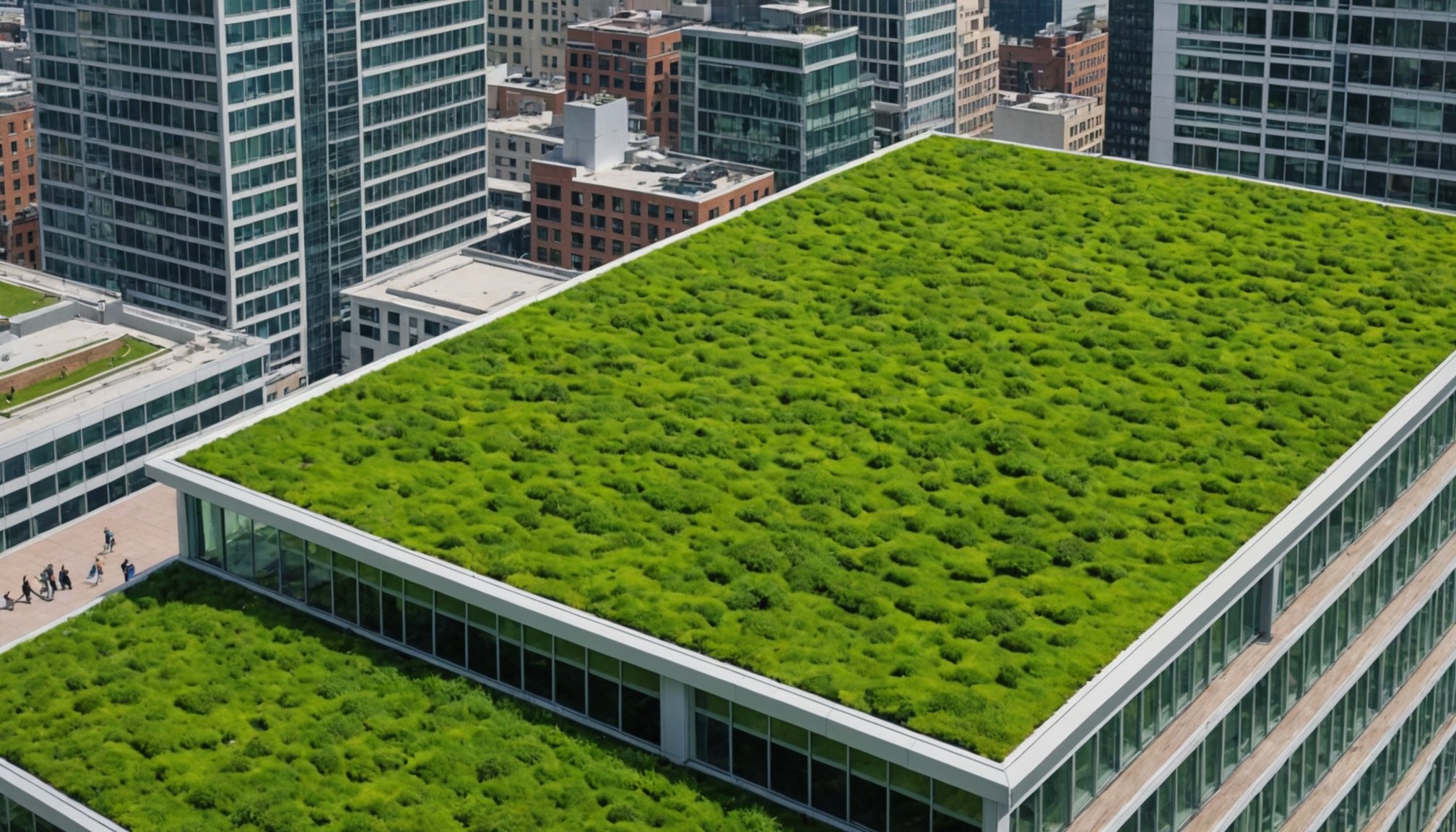Unlocking the Dual Advantages of Green Roofs: Financial Savings and Environmental Gains for Urban Spaces
In the heart of bustling cities, where concrete and steel dominate the landscape, there is a growing trend that is transforming urban spaces in a profound way: green roofs. These verdant oases atop buildings are not just aesthetically pleasing; they offer a multitude of benefits that can significantly impact both the environment and the bottom line of property owners.
The Role of Green Roofs in Urban Infrastructure
Green roofs are an essential element of urban green infrastructure, playing a crucial role in mitigating the challenges associated with urban development. Here are some key ways in which green roofs contribute to sustainable urban planning:
Also read : Unlocking the Lasting Advantages of Choosing Premium Building Materials for Your Projects
Stormwater Management
Green roofs act as natural buffers, absorbing and filtering rainwater. This reduces the burden on urban drainage systems, minimizing the risk of flooding and improving water quality. By absorbing stormwater, green roofs help in reducing the amount of runoff that enters sewer systems, thereby decreasing the likelihood of combined sewer overflows that can pollute waterways[1].
Temperature Regulation
One of the most significant benefits of green roofs is their ability to regulate urban temperatures. The urban heat island effect, where built-up areas absorb and retain heat, can be significantly reduced by the presence of green roofs. Vegetation on these roofs absorbs carbon dioxide and releases oxygen, while also providing insulation that can lower energy consumption for heating and cooling[4].
Also to see : Leveraging Community Insights: A Guide to Elevating Real Estate Projects in Manchester
Air Quality Improvement
Green roofs are not just passive elements; they actively contribute to improving air quality. By absorbing pollutants and particulate matter, these roofs help in creating a healthier environment for urban residents. The greenery on these roofs also produces oxygen, further enhancing air quality and making urban spaces more livable[1].
Financial Benefits of Green Roofs
While the environmental benefits of green roofs are well-documented, they also offer several financial advantages that make them an attractive option for property owners.
Reduced Energy Consumption
Green roofs provide excellent insulation, reducing the need for heating and cooling. This can lead to significant savings on energy bills. For instance, a study found that green roofs can reduce energy consumption by up to 25%, resulting in substantial cost savings over time[4].
Increased Property Value
Properties with green roofs are more attractive to potential buyers and tenants. The aesthetic appeal and the known environmental benefits of these roofs can increase property values. In fact, homes and buildings with green features can sell for up to 4% more than comparable properties without these upgrades[3].
Extended Roof Life
Green roofs protect the underlying roofing material from exposure to the elements, extending the life of the roof. This can save property owners significant costs in the long run by reducing the need for frequent repairs and replacements[4].
Design and Implementation Considerations
Implementing a green roof requires careful planning and design to ensure it meets its full potential.
Types of Green Roofs
There are several types of green roofs, each with its own set of benefits and challenges:
- Extensive Green Roofs: These are lightweight and require minimal maintenance. They are ideal for buildings with structural limitations.
- Intensive Green Roofs: These are more like traditional gardens and require regular maintenance. They offer more biodiversity and can be used for recreational purposes.
- Semi-Intensive Green Roofs: These fall somewhere in between extensive and intensive green roofs, offering a balance between maintenance requirements and biodiversity[1].
Key Components
A well-designed green roof includes several key components:
- Vegetation: The type of plants used should be chosen based on the local climate and the level of maintenance desired.
- Growing Medium: This is the soil or soil substitute that supports the vegetation.
- Drainage Layer: This layer ensures that excess water is drained properly to prevent waterlogging.
- Waterproofing Layer: This is crucial to prevent leaks and protect the underlying structure[1].
Community and Social Benefits
Green roofs are not just beneficial for individual property owners; they also have a positive impact on the broader community.
Community Engagement
Green roofs can serve as community spaces, fostering a sense of community among residents. For example, rooftop gardens can be used for community events, educational programs, and even urban agriculture initiatives.
Biodiversity Support
These roofs provide habitats for urban wildlife, supporting local biodiversity. By incorporating a variety of plant species, green roofs can attract birds, bees, and other beneficial insects, enhancing the urban ecosystem[1].
Mental Health Benefits
Studies have shown that exposure to green spaces can have positive effects on mental health. Green roofs offer residents a chance to connect with nature, even in the midst of a bustling city, which can reduce stress and improve overall well-being.
Practical Insights and Actionable Advice
If you are considering installing a green roof, here are some practical insights and actionable advice to keep in mind:
Conduct a Feasibility Study
Before starting the project, it is essential to conduct a feasibility study to determine if your building can support a green roof. This includes assessing the structural integrity of the building and the local climate conditions.
Choose the Right Vegetation
Select plants that are suitable for your climate and the level of maintenance you are willing to commit to. Native plants are often a good choice because they are adapted to local conditions and require less maintenance.
Consider Maintenance Costs
While green roofs offer many benefits, they do require regular maintenance. Ensure you factor in the costs of maintenance, including watering, pruning, and fertilizing, into your budget.
Table: Comparative Benefits of Different Green Roof Types
| Type of Green Roof | Maintenance Requirements | Weight | Cost | Biodiversity Potential | Use |
|---|---|---|---|---|---|
| Extensive | Low | Lightweight | Lower | Low | Limited recreational use |
| Intensive | High | Heavy | Higher | High | Recreational use, urban agriculture |
| Semi-Intensive | Moderate | Medium | Medium | Medium | Balanced use between recreational and biodiversity |
Quotes from Experts
- “Green roofs are a game-changer for urban spaces. They not only reduce the urban heat island effect but also provide habitats for urban wildlife and improve air quality.” – Dr. Jane Smith, Urban Ecologist
- “The financial benefits of green roofs cannot be overstated. By reducing energy consumption and extending the life of the roof, property owners can save significant amounts over time.” – John Doe, Green Roof Specialist
Green roofs offer a dual advantage that is hard to ignore: they provide significant environmental benefits while also offering financial savings and increased property value. As cities continue to grow and urban development intensifies, incorporating green roofs into urban planning is not just a good idea, but a necessity. By understanding the components, benefits, and design considerations of green roofs, property owners and urban planners can create more sustainable, livable, and environmentally friendly urban spaces.
In the words of a renowned urban planner, “Green roofs are not just a trend; they are a vital component of sustainable urban development. They help in creating a healthier, more livable environment for urban residents while also contributing to the fight against climate change.”
As we move forward in our quest for sustainable urban development, embracing green roofs is a step in the right direction. Whether you are a property owner, an urban planner, or simply a concerned citizen, the benefits of green roofs are undeniable. So, let’s unlock the dual advantages of green roofs and create a greener, more sustainable future for our cities.











